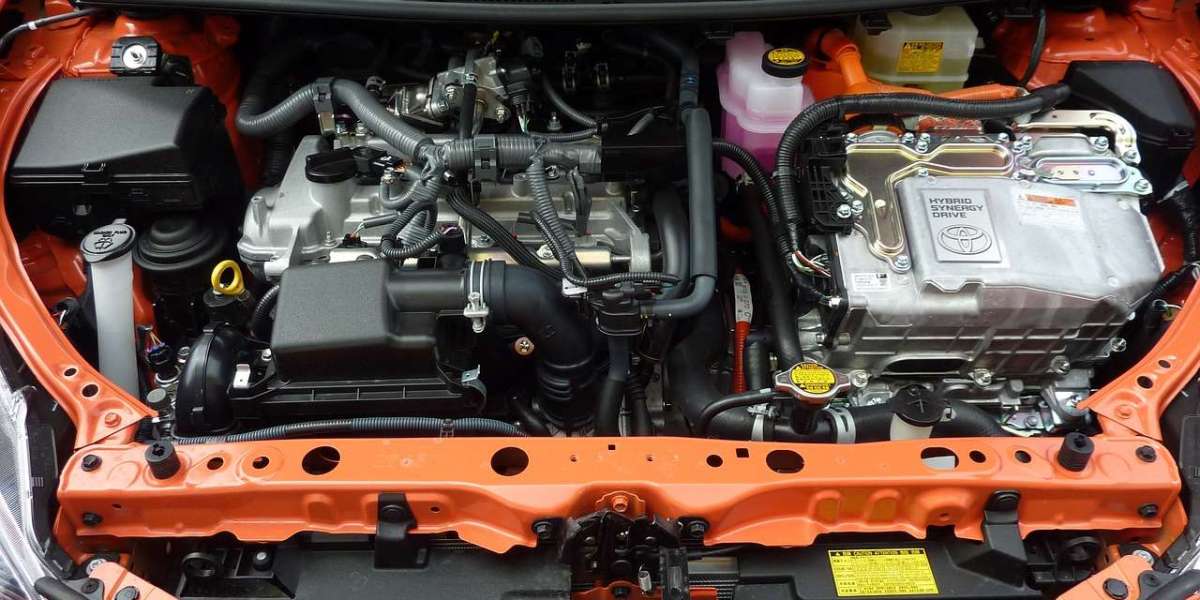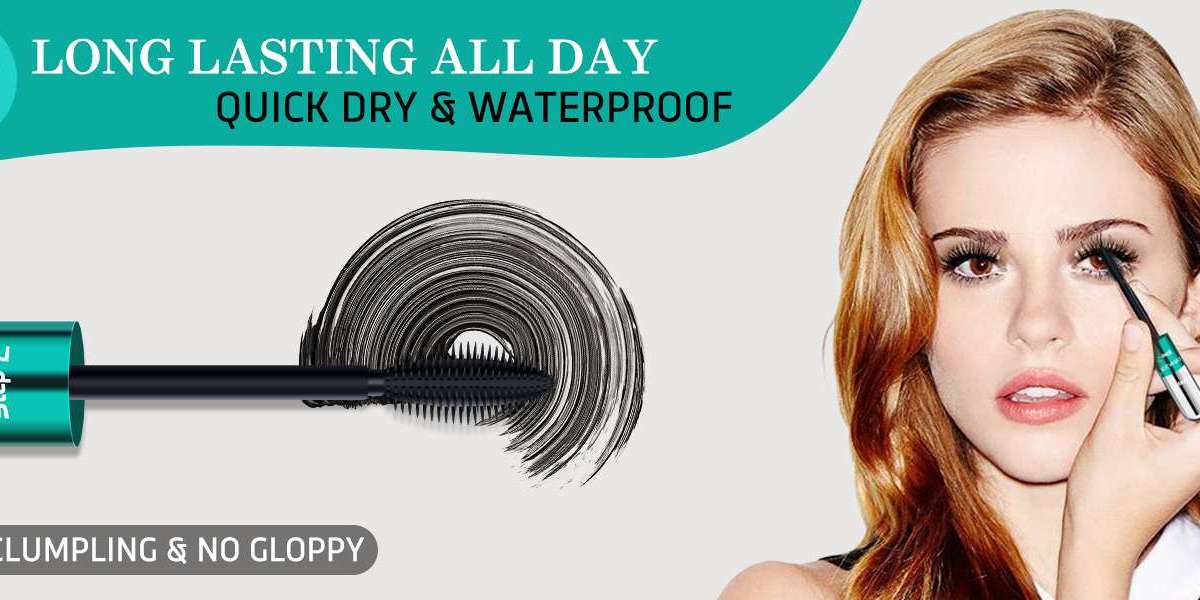Whether you’re exploring a new service, trying to understand a product, or planning a significant purchase, FAQs (Frequently Asked Questions) are a valuable resource for obtaining quick answers. In this guide, we’ll break down FAQs you need to know about FAQ pages, their benefits, common questions across various industries, and best practices for designing your own FAQ section.
What is an FAQ Page?
An FAQ (Frequently Asked Questions) page is a dedicated section on a website or product page that addresses common questions customers may have. The aim is to provide clear, concise answers to save customers time and improve their experience. FAQ pages are essential tools for customer service, reducing the need for repetitive inquiries and allowing users to self-serve common solutions or details.
Benefits of Having an FAQ Page
Implementing a well-designed FAQ page offers several benefits, including:
1. Improved Customer Experience
FAQs provide quick and direct answers, allowing customers to find information immediately and enhancing their overall experience.
2. Increased Efficiency for Customer Service Teams
By answering common queries up-front, an FAQ page reduces the number of inquiries handled by customer service teams, allowing them to focus on more complex issues.
3. Boosts SEO Performance
Well-structured FAQs can improve search engine rankings, as users often type specific questions into search engines. By answering these questions on your site, you increase the chances of appearing in search results.
4. Building Trust and Transparency
FAQs can help build trust with customers by openly addressing potential concerns and providing transparent information about your products or services.
5. Encourages Conversions
By addressing common questions and concerns, FAQs can help remove doubts, making potential customers feel more confident in their purchasing decision.
Commonly Asked Questions Across Industries
Below, we explore frequently asked questions across several sectors, helping guide you on crafting questions that are relevant to your audience.
E-commerce FAQs
- What payment methods do you accept?
- How long will my order take to ship?
- Do you offer returns or exchanges?
- How do I track my order?
- Do you ship internationally?
Technology and Software FAQs
- What devices are compatible with your software?
- Is there a free trial available?
- What is your refund policy?
- Can I upgrade or downgrade my subscription?
- How can I contact technical support?
Health and Wellness FAQs
- Are your products vegan or cruelty-free?
- What ingredients do you use?
- How do I know if this product is right for me?
- Are there any side effects?
- What is your refund policy?
Travel and Hospitality FAQs
- What is your cancellation policy?
- How do I book a room or reservation?
- Are there any COVID-19 safety protocols?
- What amenities are included in the stay?
- Do you offer airport pickup or shuttle services?
Finance and Insurance FAQs
- What documents are required for a loan application?
- How do I submit a claim?
- What are the coverage limits?
- How is my premium calculated?
- Are there any discounts available?
How to Design an Effective FAQ Page
Designing an FAQ page that is both informative and user-friendly is key to ensuring its success. Here are essential elements for crafting an effective FAQ page:
1. Organize Questions by Category
Grouping related questions under specific headings (e.g., Shipping, Returns, Product Information) helps users navigate and locate answers quickly.
2. Use Clear, Concise Language
Simple, jargon-free language ensures clarity. Aim to answer each question in one or two short paragraphs where possible, making information accessible to all readers.
3. Make It Searchable
Include a search bar within the FAQ section to help users find answers based on keywords.
4. Keep Answers Short and Informative
Avoid overloading users with too much information. Provide succinct, to-the-point answers and link to other resources if more details are needed.
5. Update Regularly
Regularly review and update your FAQ page to ensure accuracy and relevance. Remove outdated questions and add new ones as they arise.
6. Use Visuals if Needed
For complex explanations, consider adding visuals like images, charts, or infographics. These can clarify answers and enhance user understanding.
7. Include a Contact Option
For questions that may not be covered in the FAQ, provide a link or contact option for users to reach out for further assistance.
Sample FAQ Section Template
Here’s a sample template for a well-structured FAQ page that covers essential categories:
General Information
What is [Product/Service]?
Explanation of what the product or service offers and its unique features.How do I sign up?
Guide on signing up or registering for an account with any necessary steps.
Billing and Payments
What payment options are available?
Accepted payment methods (credit cards, PayPal, bank transfer, etc.).Will I be charged automatically each month?
Clarification of whether subscriptions are auto-renewed or manual.
Product Information
How does the product work?
Brief description of how the product functions and its primary uses.Are there any side effects or precautions?
Safety information or precautions for use.
Shipping and Delivery
How long does shipping take?
Average delivery times based on location or shipping options.What is your return policy?
Details on conditions for returns or exchanges.
Account and Technical Support
How do I reset my password?
Step-by-step instructions for account recovery.Who can I contact for support?
Contact information for customer service or technical support.
Product-Specific FAQs
For certain products or services, it may be helpful to have a dedicated section answering specific questions, such as:
How do I install [Product]?
Installation guide with system requirements and troubleshooting.Does this work on mobile devices?
Compatibility information and app availability.
Conclusion: The Power of an Effective FAQ Page
A well-constructed FAQ page is an essential asset for any business, enhancing customer satisfaction by addressing common concerns and saving valuable time. By organizing questions, providing clear answers, and updating regularly, you can turn your FAQ page into a powerful tool for customer engagement and retention. With thoughtful design and regular maintenance, your FAQ page will foster trust, transparency, and a seamless user experience, making it a win-win for both you and your customers.





